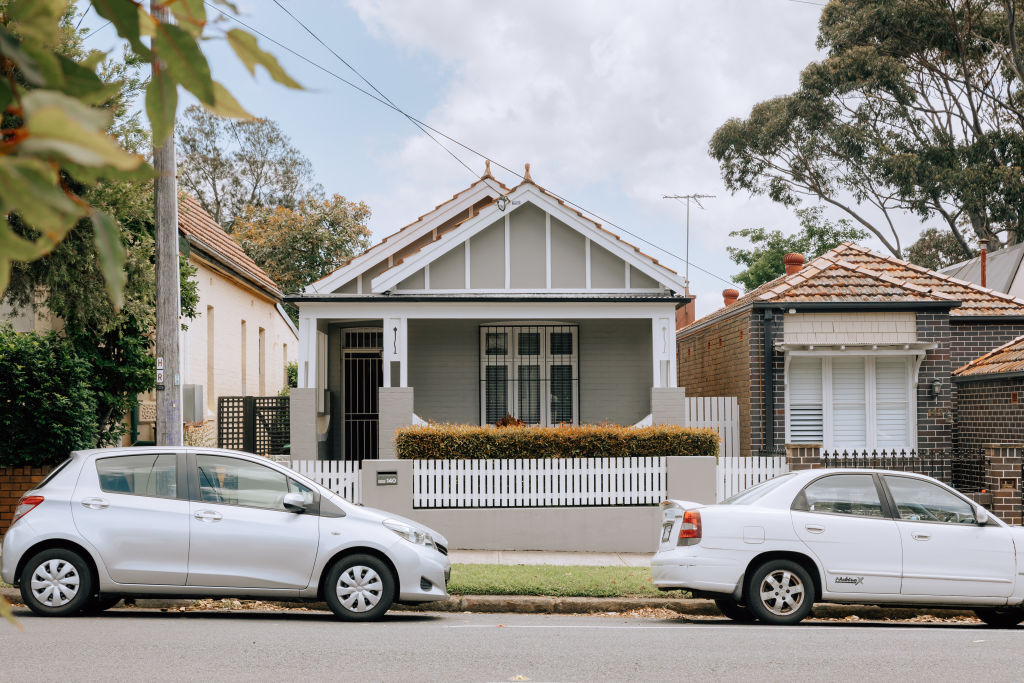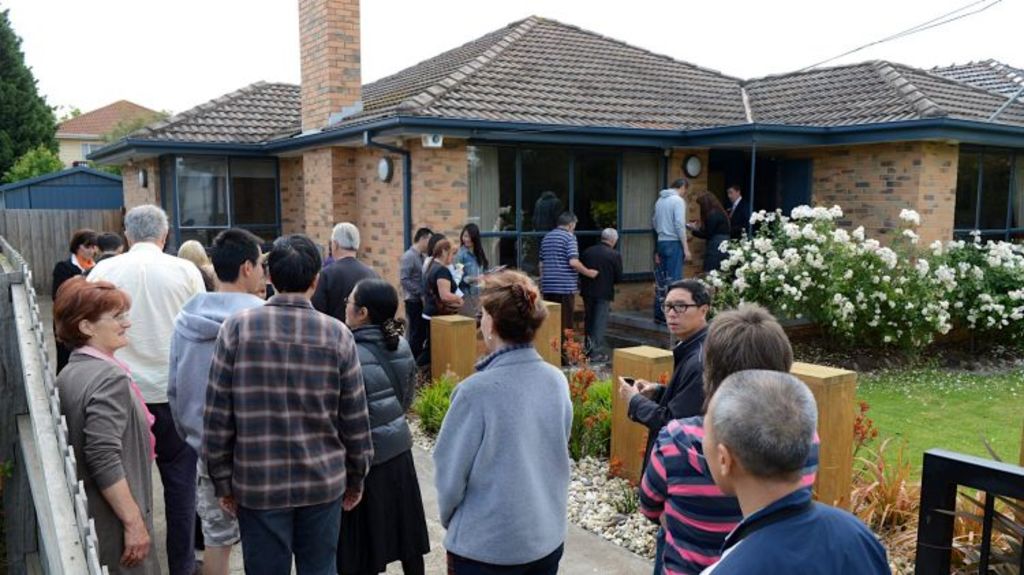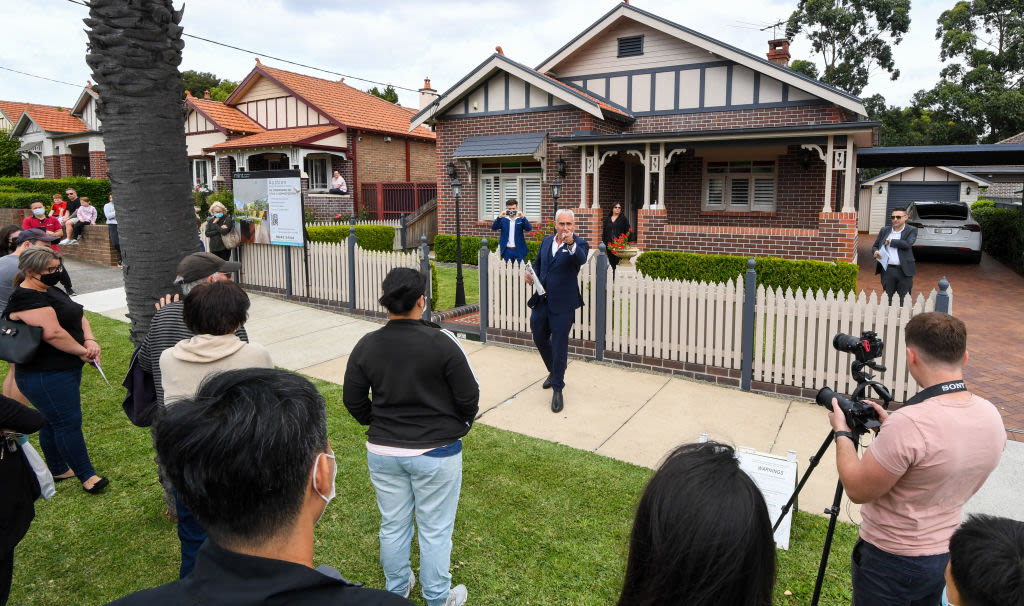The property buying process explained: Your step-by-step guide to buying a house
Whether you’re buying your first home, upgrading or downsizing, this guide will walk you through the steps to purchasing a home, from research to settlement.
This guide is broken into five segments, and if you’re at the later stages of the home buying process, you may want to skip ahead:
- 1. Preparation
- 2. Finding a property
- 3. Property inspections
- 4. Due diligence
- 5. The home-buying process
1. Preparation for buying a home: get a home loan pre-approval and set your search criteria
First things first, it’s important to set a budget for purchasing a home.
A few things will that will influence your budget are:
- the size of your deposit.
- your borrowing capacity.
- how much debt you’re comfortable taking on.
- upfront costs, such as due diligence and stamp duty.
- interest rates, and whether you’re considering a fixed or variable rate for your loan.
It’s a good idea to speak to a mortgage broker early in the process. They can confirm your borrowing capacity, outline some purchasing scenarios and recommend various loan products that will suit your circumstances.
If you think you’re ready to start looking at properties straight away, then that is the time to get home loan pre-approval. If you’re a first-home buyer, you should check what first home buyers grants and incentives you are eligible for.
Don’t forget to investigate the upfront costs of buying a home and factor these into your budget so there are no surprises.
Setting your criteria
Next, you need to decide what you’re looking for in a property. If you’re buying with a partner, this could take some negotiating, but if you can decide on some criteria that fit what you’re both looking for, this will save you a lot of time in your property search.
Consider the number of bedrooms, bathrooms and parking spaces that you need, as well as the type of property you’re interested in, such as a house, apartment or something in between. Also, think about the total size of the property – for apartments, this will mean the floor space, and for houses, the size of the block.
Then you need to decide where you want to look. Consider the ideal area that suits your lifestyle, whether that’s close to a CBD, parks, beaches, cafes or shops, or perhaps a quieter area outside a major city. Think about transport options, whether it’s buses, trains, trams, and if you drive to work, consider the parking situation and the length of your commute. And for families, school zones are a major factor to consider.
These criteria can change once you start looking, but it’s great to have an idea of how much you have to spend and what your ideal property looks like before you invest time in seriously looking at individual properties.
How to prepare before your property search:
- Set a budget and price range, based on your deposit size, borrowing capacity and debt comfort level.
- Confirm your borrowing capacity with a mortgage broker or lender, and if you’re ready to search for homes, arrange home loan pre-approval.
- Decide on criteria including the number of bedrooms, bathrooms and parking spots, and the size of the property.
- Choose a location that suits your lifestyle, work and school requirements.
2. Finding a property to buy
Now you’re ready to really start looking for a property, using the Domain app or website.
To begin, type in your target suburb, area or school catchment, then select your ideal property features. You can also use map view to make your search even easier.
Start shortlisting properties to keep track of the ones you’re interested in. You can also share your shortlist with your partner using the Domain app, so you’ll see when they add a property you like.
It’s also a good idea to set up some property alerts so you’ll be notified when homes come on the market that match your criteria. You’ll also be able to find out about off-market properties that are ready to buy, but aren’t yet widely advertised, so you can view them before they’re even listed.

If you’re wanting to buy in a particular suburb, you might see the same agents’ faces popping up. It’s a good idea to get in touch with local agents and let them know what type of property you’re looking for, so they know you could be a potential buyer and contact you when they have a suitable home available.
Once you have a few homes on your shortlist, you can start making enquiries with agents, getting some price guides, and making a note of inspection times. You can also use Domain’s inspection planner to help sort out your Saturday.
How to find a property to buy:
- Download the Domain app or search using the Domain website.
- Enter your criteria by typing in your target suburb, area or school catchment and selecting your ideal property features.
- Shortlist properties you like and share your shortlist with your partner.
- Set up property alerts to find out when suitable properties are available, including off-market properties.
- Enquire with agents for price guides, to arrange inspections and to let them know what you’re looking for.

3. Property inspections
Open-home inspections are your opportunity to visit the homes you’re interested in to determine which one is right for you. Inspections are typically held on Saturdays and one or more weekdays, and normally run for 30 minutes. It’s a good idea to know what you’re looking for to make the most of your time at the property.
Before inspecting a home, make yourself a checklist of your must-haves, your nice-to-haves and your deal-breakers, then as you go through the property, tick them off the list. It’s likely you will inspect multiple homes every week, so having a checklist can help jog your memory later when it comes time to compare properties.
Make sure you take pictures and notes on your smartphone. Take photos of the rooms, exterior features, and any damage or issues with the property.
Look out for some key features of the property, including:
- The level of natural light.
- How busy the street is.
- The aspect – which direction the property faces.
- The age and condition of the kitchen and bathroom (as you may need to allow room in the budget for renovations later on).
If you have any questions about the property, ask the agent while you’re there. Some of the most important questions include:
- When was it last renovated?
- How long have the vendors lived there?
- Why are the vendors selling?
- What’s included in the sale?
- Are there any known issues with the property?
- Have you received any offers yet?
If you’re keen on a property, it’s a good idea to inspect it a few more times, but there’s no harm in getting the agent to send you a copy of the contract so you have it ready when you need it.
Reality check
Now is also a good time to do a reality check of prices. So far, all you’ve spent on the property search is time, but you start to incur costs when you reach the due diligence stage.
To find out what the home could be worth, you can:
- Use Home Price Guide to find out its estimated value
- Look at previous sales of comparable properties
If the price of a recently sold comparable property is undisclosed, try getting in touch with the selling agent to see if they can tell you the sale price.
It’s also a good idea to attend a few auctions of comparable properties. Seeing how many people are in the running – and how aggressively they’re bidding – can give you an idea of the demand for properties in the local area.
How to inspect a property
- Make a checklist of needs, wants and dealbreakers.
- Take pictures and notes to jog your memory later.
- Make note of key features or problems with the property.
- Ask the agent questions about the property.
- Sense-check prices of comparable properties.

4. Due diligence
Due diligence is the essential checks you need to do before buying a property to make sure you’re making the right decision.
Buying a property is a huge investment, so it’s a good idea to go into the process with your eyes wide open.
Unearthing any potential problems with the property, can also be a useful bargaining tool when negotiating with a vendor.
The cost of due diligence can add up, so it’s worth factoring it into your budget from the beginning.
Building and pest inspections
A building and pest inspection is conducted by a qualified building professional who inspects the property and looks for structural issues such as cracking, sagging or rising damp, as well as infestations of pests like mice and termites. The findings are compiled in a detailed inspection report, which also outlines any limitations of the inspections, such as areas that were inaccessible.
Buyers normally arrange their own independent pest inspections, but sometimes buyers can purchase a vendor-supplied report at a reduced cost. In these cases, the eventual buyer will usually pay the full price of the report.
The equivalent for an apartment is a strata report. As well as revealing any building issues, this will detail the financial health of the building, including the state of the capital works fund. Buyers will know whether they can expect any special levies for major repairs in the future.
Buyers can now purchase building, pest and strata reports on Domain property listings.
Contract review
Once you’re satisfied with the building and pest report or strata report, you’ll need to get a copy of the contract from the agent, and engage a solicitor or conveyancer to look it over.
The contract will contain information such as the purchase price, the settlement date, and the zoning of the property. It will also contain any special conditions or deadlines, as well as any matters relating to the title, such as covenants, easements or restrictions.
Your conveyancer may suggest changes to be made to the contract to protect your interests, and you can also propose changes like a longer settlement period.
Conveyancers may charge a small fee to review contracts or may provide the service free of charge on the assumption that the buyer will engage their services for settlement.
Due diligence essentials
- Review the building or strata report.
- Engage a solicitor or conveyancer to review the contract and/or the building or strata report.
- Check contract conditions and propose any changes as necessary.
5. The process of buying a house from making an offer to a contract of sale
If you’ve found and inspected a property you like, reviewed the building or strata report and the contract, and have home loan pre-approval in place, you’ll be in a strong position to make an offer or bid at auction.
Deciding how much to offer for a property can be stressful. It depends on the market conditions, how many people are interested in the property, and your own personal circumstances.
Making an offer
Offering too low can be considered insulting to the vendor, but offering too close to the listing price could mean you’re paying more than you need to. If you’re really struggling to come up with a figure, consider hiring a valuer to inspect the property to give you an idea of how much to offer.
An offer should be submitted in writing to the agent, who is legally obliged to pass it on to the vendor. Specify how much you’re willing to pay and any conditions you want to attach to the offer, such as repairs required, the deposit you’ll put down, and a deadline to accept or reject the offer.
The cooling-off period is the length of time after purchase in which buyers can back out of the transaction. During this period, buyers can undertake further investigations of the property and cancel the sale if they decide not to go ahead.
The standard cooling-off period is between two and five business days, depending on the state. Buyers who cancel the sale will have to pay a termination fee, usually a small percentage of the sale price.
Making a pre-auction offer will usually require you to waive your cooling off period. That means all your investigations need to be done, and home loan pre-approval should be in place before you make an offer.

Bidding at auction
There are a lot of tips and tricks for bidding at auction but the most important thing you need to do is stick to your budget. It’s easy to get carried away in the moment, especially if you’ve missed out at a number of auctions in the past, but your upper limit should be very clear in your mind before you even pick up the bidder’s paddle.
If you’re successful in buying at auction, you’ll normally need a 10 per cent deposit ready to hand over on the day. Some agents may accept a bank transfer, otherwise, you’ll need a chequebook or a bank cheque.
Settlement
The settlement period is when both parties complete the transaction. This is where solicitors and conveyancers do the bulk of their work, ensuring the buyer is purchasing exactly what they’ve been sold.
The standard settlement period is six weeks, although this can vary. Vendors who are purchasing another property often require a longer settlement period to allow more time to find their next home, while buyers who are also selling their existing property may request a longer settlement period to allow more time to sell their home.
On settlement day, the seller receives the money owed, the property is legally transferred to the buyer. This is when you get the keys to your new home.
- Read Domain’s Ultimate First Home Buyer’s Guide for everything you need to know about buying your first home.
First published March 2022.
We recommend
We thought you might like
States
Capital Cities
Capital Cities - Rentals
Popular Areas
Allhomes
More








